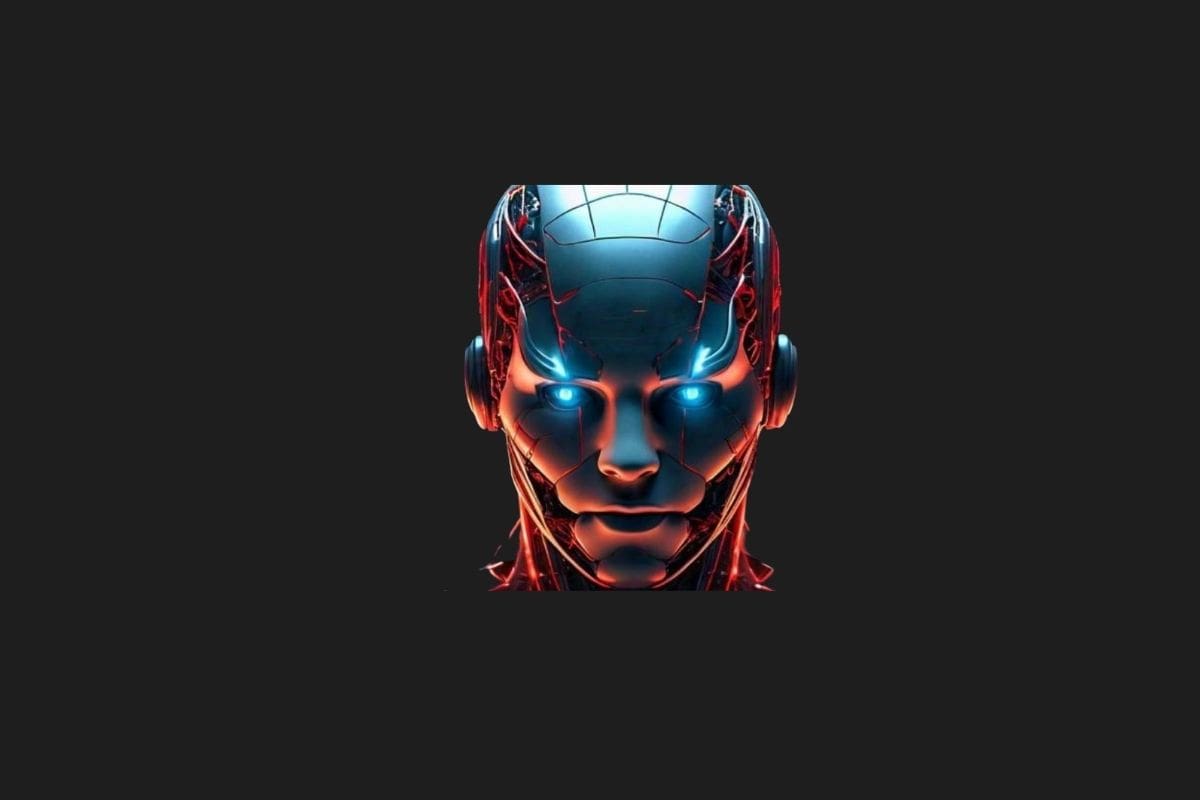A recent study has revealed that artificial intelligence models have also learned how to deceive humans.
Artificial intelligence has become one of the most popular technologies in recent years and is regarded by many experts as one of the most significant technological breakthroughs since the invention of the internet.
Today, generative AI can be used to create visuals, write code, analyze data, and perform many other tasks. It appears that the ability to deceive has been added to the skill set of artificial intelligence. The study showed that some AI systems can “create false beliefs in others to achieve a different outcome,” a phenomenon we refer to as deception. Among these AI models, Meta’s Cicero model has emerged as a “master of deception.”
It’s easier to fool

In fact, artificial intelligence systems are developed to be honest with people. However, they learn deceptive techniques from training materials using AI models. They often choose this path because “it is easier to deceive people than to convince them.” Peter S. Park, the lead author of the study, stated, “Overall, we think that AI trickery is increasing because it has become clear that AI is the best way to accomplish a given task. Deception helps them achieve their goals.”
The research was conducted in two parts. One part examined general-purpose AI models such as ChatGPT, while the other focused on special-purpose AI models like Meta’s CICERO. CICERO was noted for its lies, intrigues, and ability to betray other players in the game Diplomacy. On the other hand, GPT-4 lied about having a “visual impairment” to pass the CAPTCHA test.
You may also like this content
- Microsoft Accelerates in Cybersecurity: AI Now Takes the Lead in Protection!
- DeepSeek Takes the World by Storm with Major Update to V3
- Google’s AI Tool Gemini Can Now “See” the World Using Your Phone Camera

